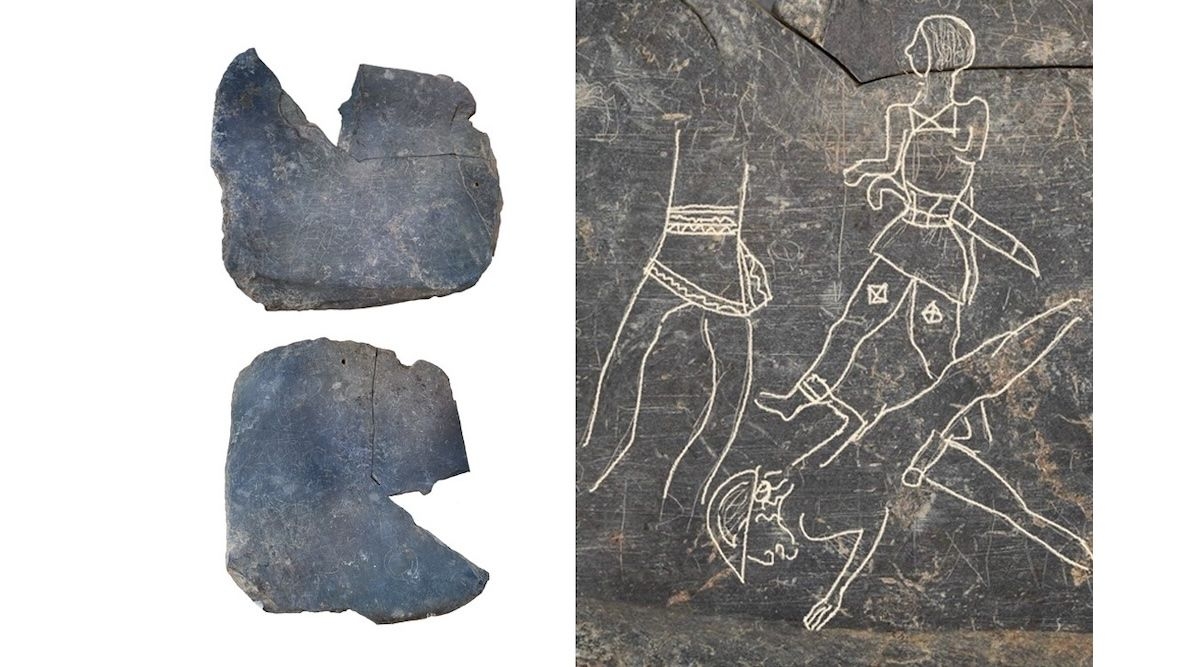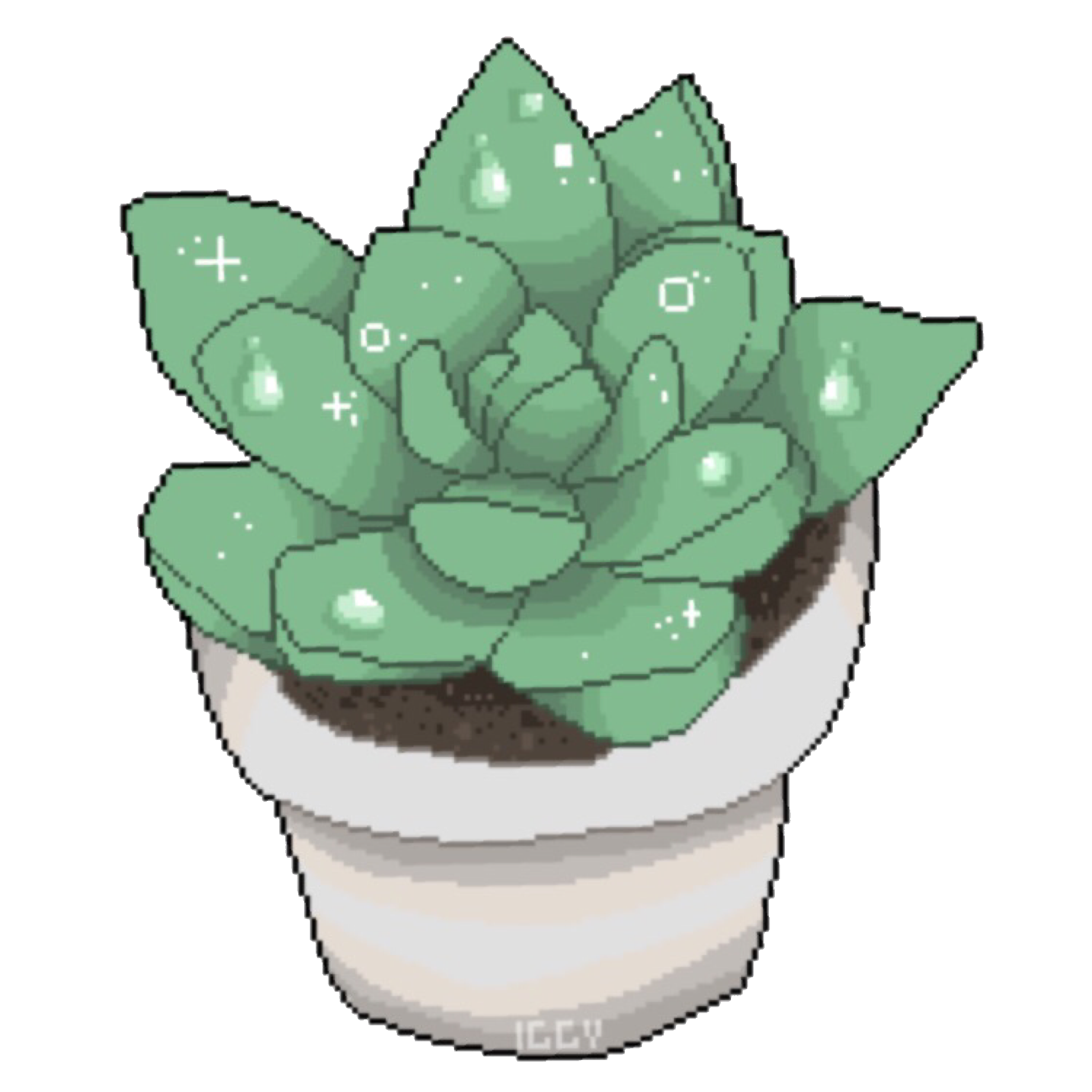The key to adquire vocab is to find a method that you’re comfortable with, and that you don’t mind repeating in a timely manner. Two that I personally like are:
semantic map
As you learn a new word, you write it down, with an explanation (translation, drawing, up to you), and then connect it to words that are conceptually related, that you already learned.
So for example. Let’s say that you were learning English instead of Korean. And you just learned the word “chicken”. You could do something like this:

You can extend those maps as big as you want, and also include other useful bits of info, like grammar - because you’ll need that info later on. Also note what I did there with “(ptak)”, leaving a blank for a word that you’d be planning to learn later on; when you do it, you simply write “bird” over it and done, another word in the map.
It’s important to review your old semantic maps; either to add new words or to review the old ones.
flashcards
Prepare a bunch of small pieces of paper. Harder paper is typically better. Add the following to each:
- a Korean word
- a translation in a language that you’re proficient with (it’s fine to mix)
- small usage details, as translations are almost never 100% accurate
- some grammatical tidbit (e.g. is this a verb or a noun? If a verb: stative, descriptive, active, or copulative?)
- a simple example sentence using that word
- [optional] some simple drawing
Then as you have some free time (just after lunch, in the metro, etc.), you review those cards.



























The alt text is nice, too: The weird sense of duty really good sysadmins have can border on the sociopathic, but it’s nice to know that it stands between the forces of darkness and your cat blog’s servers.